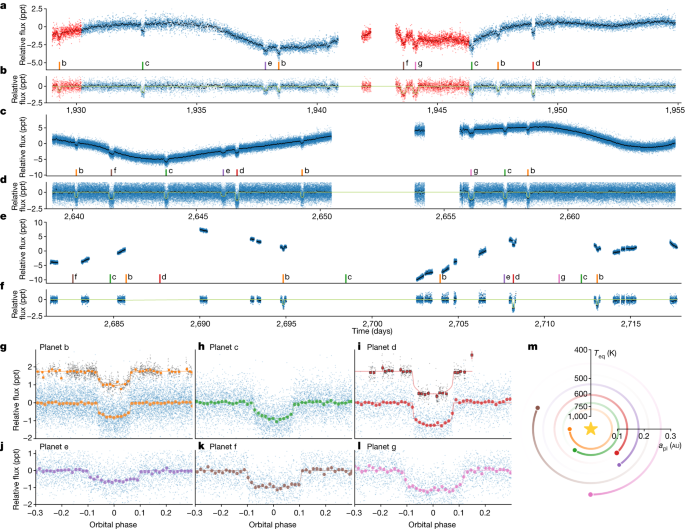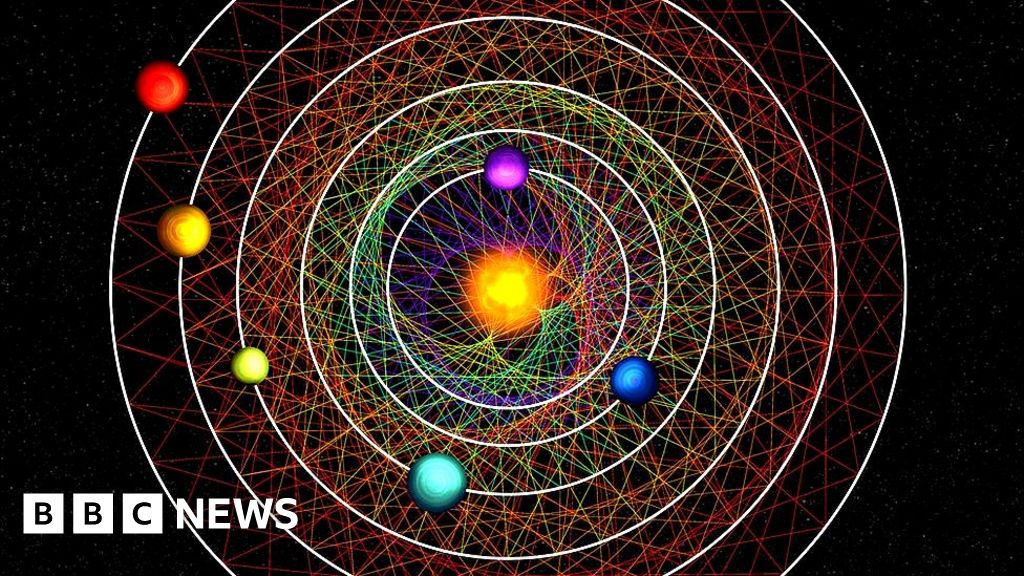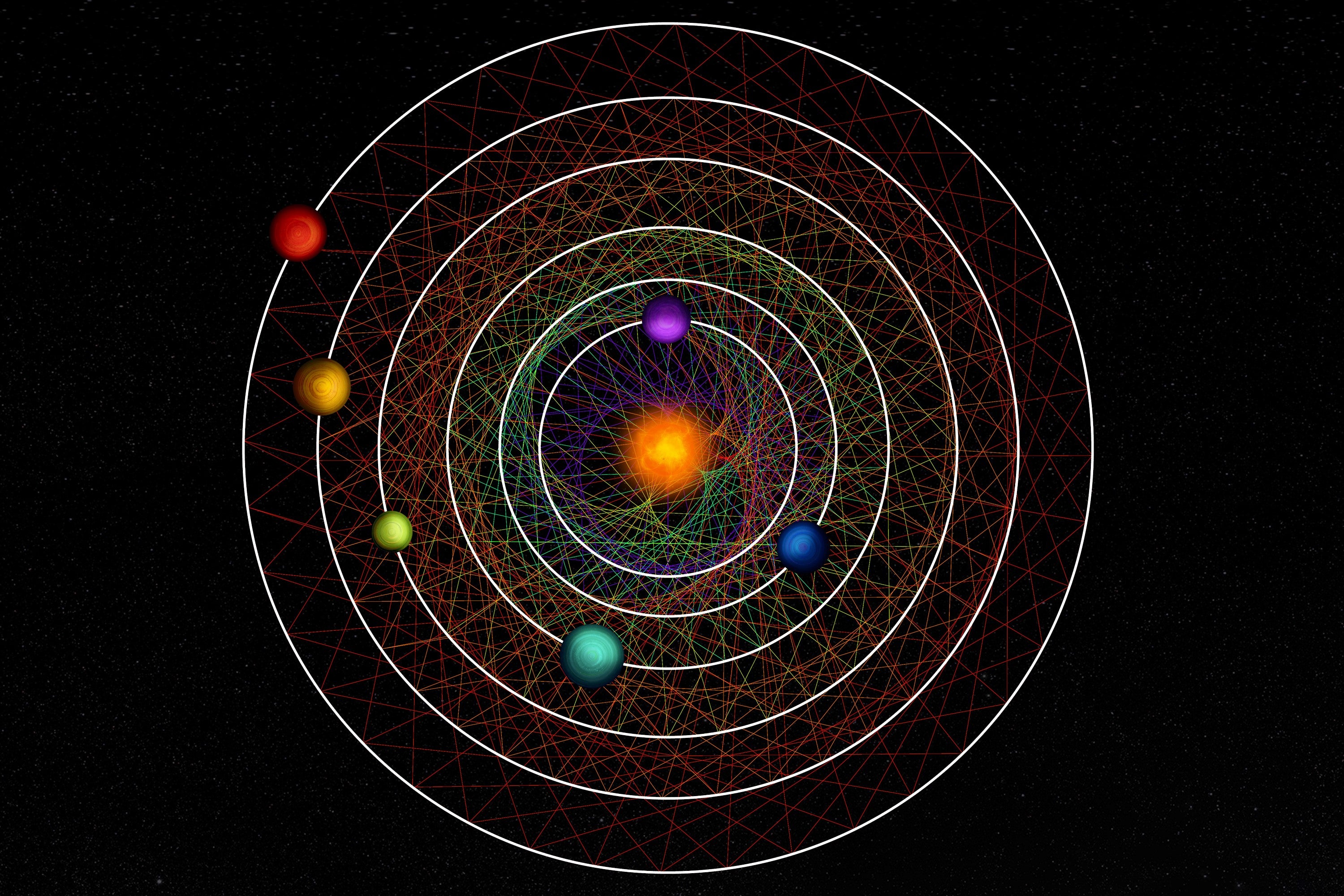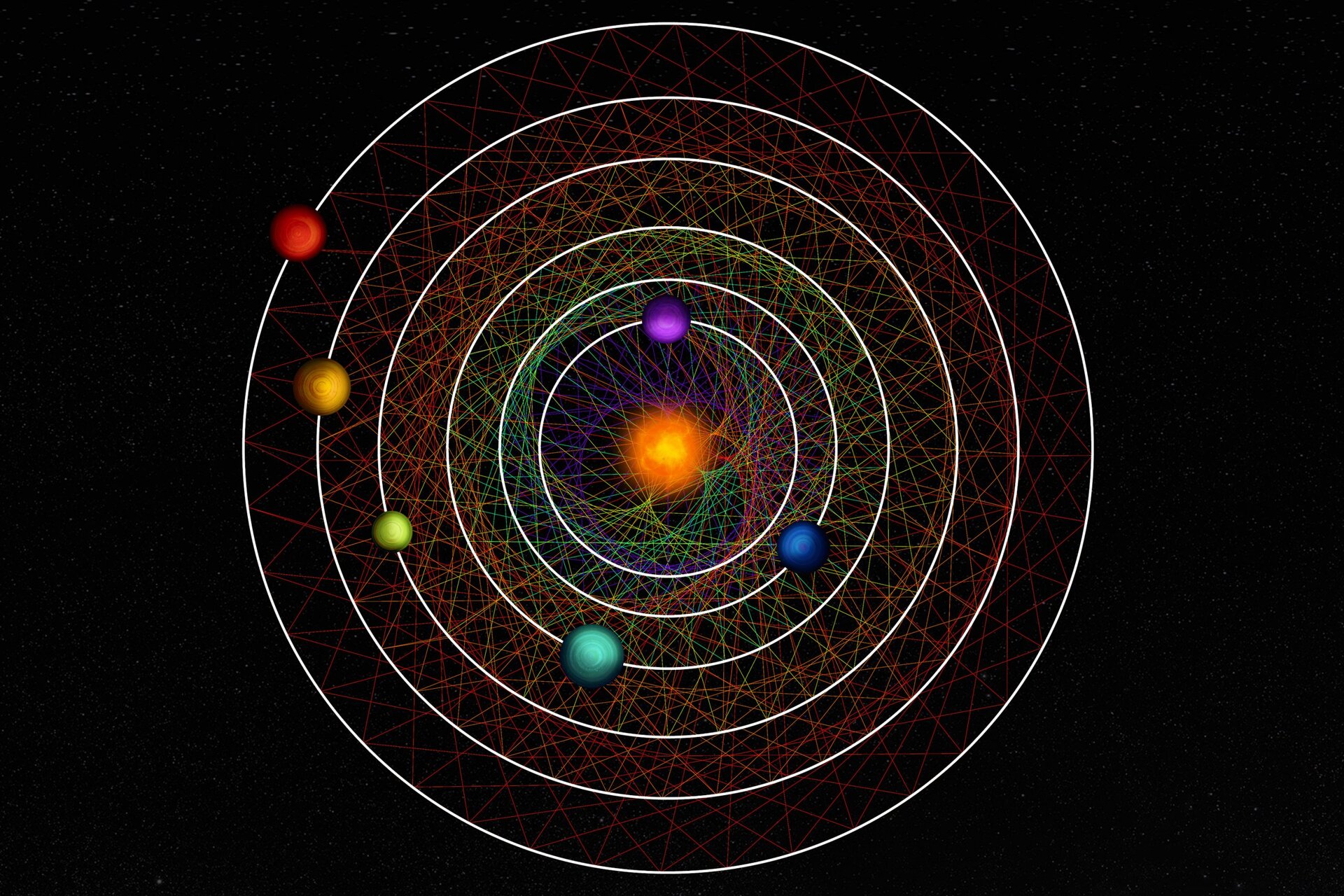Astronomers have discovered the celestial ballet of a six-planet solar system, HD110067, located approximately 100 light-years away in the constellation Coma Berenices. This cosmic arrangement, illuminated by a sun-like star, has captivated scientists due to its pristine configuration and the revelation of a dance among the planets.
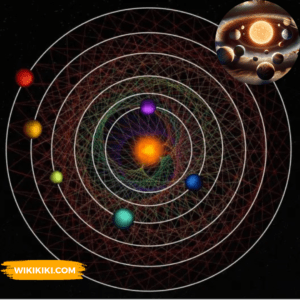
Also Read: North Korea Claims Successful Launch of Spy Satellite
The findings, published in the journal Nature, promise insights into the processes of planet formation and the evolution of sub-Neptunes.
The six-planets in the HD110067 system, labeled b through g, have drawn attention for their resonance-chain, a celestial choreography that unfolds as each planet completes its orbit around the central star.
As planet b completes six orbits, the outermost planet g accomplishes one, creating a pattern. This resonance extends across the planetary family.
This planetary symphony has remained virtually unchanged for over 1 billion years, offering astronomers a rare glimpse into the early stages of solar system evolution. The discovery questions about the prevalence of sub-Neptunes in our Milky Way galaxy.
Uncovering this celestial began in 2020 when NASA’s Transiting Exoplanet Survey Satellite (TESS) detected anomalies in the brightness of HD110067.
Initial observations hinted at two planets in the system, but the revisit by TESS in 2022 revealed conflicting data. Enter the European Space Agency’s Characterizing ExOPlanet Satellite (Cheops).
Cheops’ focused observations helped confirm the presence of a third planet in the system, the web of conflicting data and revealing the entire six-planet ensemble.
Also Read: Boeing 787 Dreamliner Makes Historic Landing in Antarctica
The collaboration between TESS and Cheops showcased the power of complementary satellite missions in advancing our understanding of distant celestial bodies.
HD110067’s unique status as a rare fossil provides scientists with a valuable opportunity to study the formation and evolution of planetary systems.
Most planetary systems undergo processes, with gravitational influences, collisions, and external disruptions altering their initial configurations.
However, HD110067 stands out as an exemplar of undisturbed resonance, allowing astronomers to witness a planetary system as it appeared billions of years ago.
Dr. Rafael Luque, lead study author and postdoctoral scholar at the University of Chicago, says the significance of Cheops’ contribution, stating, “Cheops gave us this resonant configuration that allowed us to predict all the other periods. Without that detection from Cheops, it would have been impossible.”
While many systems experience disruptions and lose their initial rhythmic orbits, this discovery challenges preconceptions. Only about 1% of planetary systems are believed to retain such resonant configurations.
The HD110067 system’s proximity and its bright star offer an ideal observation target for studying sub-Neptunes, a planetary type in the Milky Way.
Also Read: SpaceX Gets FAA Approval for Second Test Launch of Starship
The planets’ compositions, atmospheres, and habitability become areas of investigation. The analysis suggests puffy hydrogen-rich atmospheres, making them candidates for future studies using advanced telescopes such as the James Webb Space Telescope.
Sub-Neptunes occupying a size range between Earth and Neptune, constitute a prevalent planetary type in our galaxy.
Unlike our own solar system, where such planets are absent, HD110067’s six sub-Neptunes present an opportunity to unlock the mysteries surrounding their composition and origin.
Dr. Jo Ann Egger, a study coauthor and doctoral student in astrophysics at the University of Bern, addresses the future observations: “Future observations, for example with the James Webb Space Telescope, of these planetary atmospheres could determine whether the planets have rocky or water-rich interior structures.”
The six planets in HD110067, with their nearly identical sizes and undisturbed resonance, make this system an invaluable subject for comparative planetology.
This golden target allows astronomers to draw comparisons and contrasts among the planets, providing insights into their shared history and individual characteristics.
Also Read: Scientists Discover Oldest Black Hole Formed 470 Million Years After Big Bang

